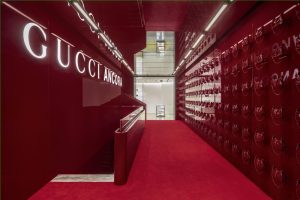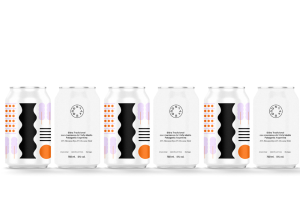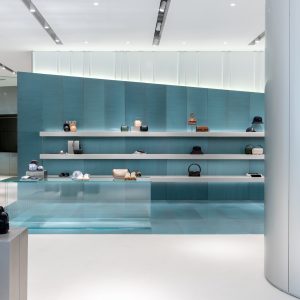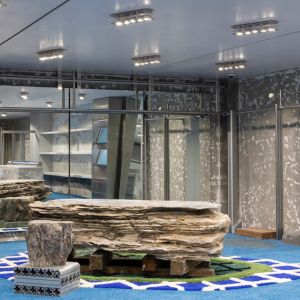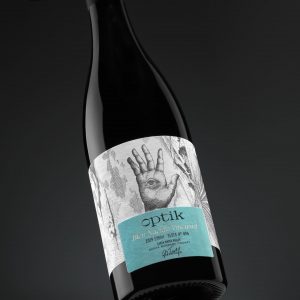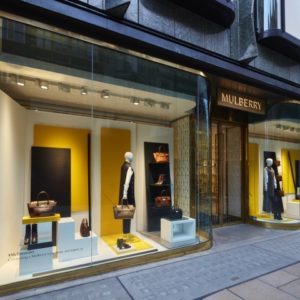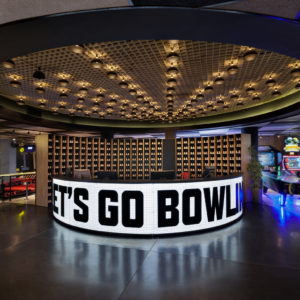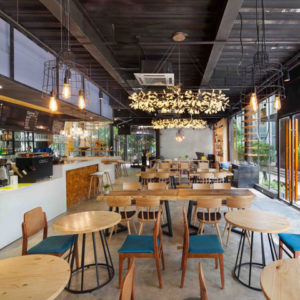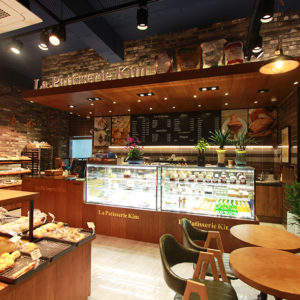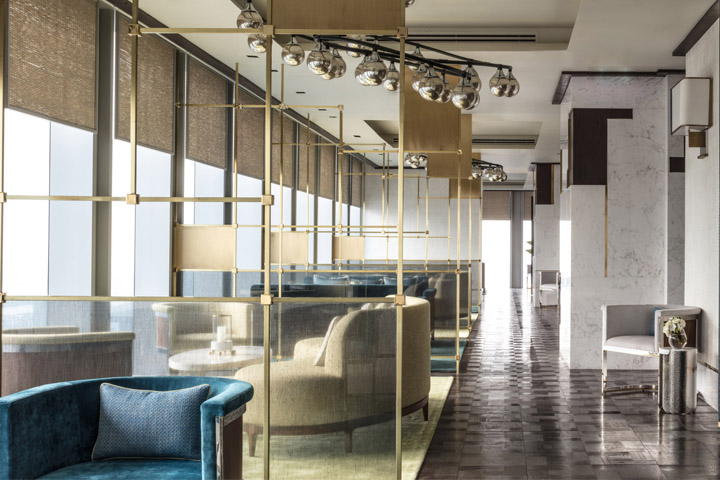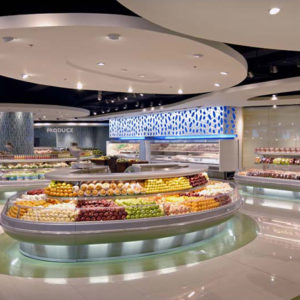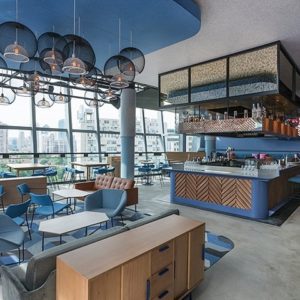
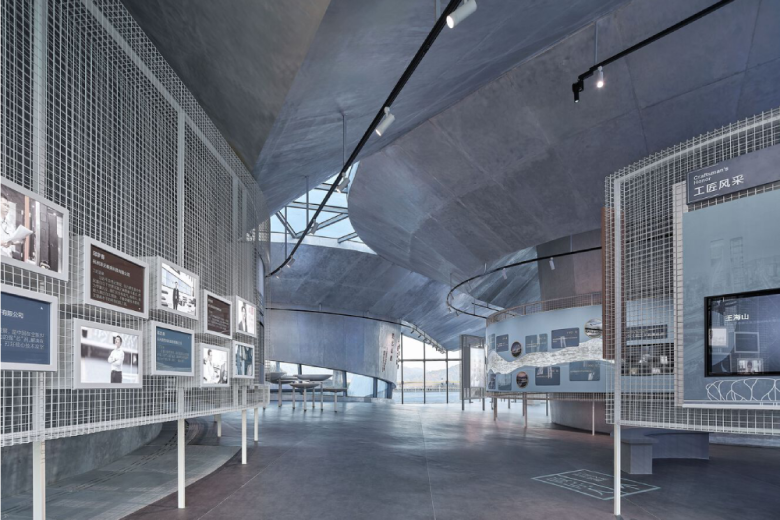
926 Craftsman Museum – The 926 Craftsman Museum and the 926 Park are located on the southeast side of the Qiantang River Bridge. They are adjacent to Wentao Road, where you can easily see the bridge and the river. It is a part of the 12-kilometer waterfront public space renovation project in the Binjiang District of Hangzhou, undertaken by the Original Design Studio of TJAD. The Qiantang River Bridge was completed and put into use on September 26, 1937. It is the first double-decker truss girder bridge across the Qiantang River in Hangzhou, a milestone in the history of Chinese bridges. It was presided over the design and construction by Mr. Mao Yisheng, a Chinese bridge expert and a founder of China’s modern bridge industry. The Craftsman Spirit Attributes – To commemorate the completion day of the Qiantang River Bridge, September 26th was established as “926 Craftsmen’s Day” in Hangzhou. So far, more than a hundred talents with superb skills have been recognized as “Hangzhou Craftsmen.”
The 926 Craftsman Museum, built on the southeast side of the Qiantang River Bridge, has filled the vacancy for a museum displaying the spirit of Hangzhou craftsmen. The Park is close to the Qiantang River Bridge, where residents like to gather for activities. However, the content could be more varied while the facilities are degenerate. In order to reduce the impact on the environment, the museum is located within the old management building area. The large trees on the east side of the building have been preserved, forming a square for residential activities. The site is located on the west part of the 12-kilometer waterfront public space renovation project. Guided by the design principle of limited intervention, we hope to improve the quality of public spaces from point to area and reshape the regional characteristics with the spirit of craftsman.
The Shaping of Modern Forms – The roof ridge pinched by the “hands of craftsmen” points to the Qiantang River Bridge on one side and the distant mountains on the other side. The “926” figure hidden on the ground reshapes the micro-hill topography, forming the courtyard space and integrating the indoor space with the courtyard. The polished double-layer 6mm thick anodized aluminum folding plates adopt CNC manufacturing technology and draw on modern shipbuilding technology. We hope to achieve a time-space dialogue between craftsmen in different eras. The folded roof forms a cornice in the side and slides down to the ground in the middle, enclosing a courtyard space, interpreting the Jiangnan tradition in a modern form.
The service spaces, offices, equipment rooms, and other auxiliary spaces are placed underground, freeing up the space on the first floor. The cavity between the double-layer skins was used for piping and equipment, creating a transparent, pure, and integrated exhibition space. We hope to achieve a rich spatial experience by shaping the aluminum plate roof: on the one hand, the shape of the roof ridge leaves windows in four different directions to cope with different urban landscapes; on the other hand, the two crescent-shaped windows that undulate with the terrain are looking into the courtyard; at the same time, the folded roof forms two triangular skylights, which serve as the visual focus of the entire space and introduce a changing light and shadow effect.
Lightweight Construction – The museum covers an area of about 35mX35m, with a total area of 1100 square meters. The long-span roof adopts a steel truss system. Steel columns are only installed on the outermost periphery of the structure, creating a large, column-free indoor space. Considering the requirements of lightness and transparency of the facade, dense columns are used as curtain wall columns, with extremely small cross-sections (80×160, 100×150). The diameter of the steel tie rods between columns is only 50mm, ensuring the transparency of the building to the greatest extent. The light structure ensures a flowing indoor space, revealing the integration of architecture and nature. The simple space maximizes the display of the technological shell and implicitly responds to the spirit of craftsmanship.
Architects: TJAD Original Design Studio
Lead Architects: Ming Zhang, Zi Zhang, Bo Chen
Design Team: Original Design Studio of Tongji Architectural Design, Xiaoya Zhang, Guanjie Yao, Yuqing Feng, Ying Long, Shuang Zhao, Xiaotong Mou, Jialong Sun, Mengyao Li, yingxue Che, Bo Dong
Structural Design: Honglei Wu, Chaoyi Zheng, Chen Lin, Jiayi Yan
MEP: Jian Liu, Min Jia, Sien Zhang, Zonghu Lv, Haidong Wang, Yujie Zhang, Yujie Li, Ting Cai
Landscape Design Team: Xiubing Li, Yong Zhong, Jian Luo, Jinghua Su
Lighting Design Team: Xiu Yang, Chen Bian, Yiting Du, Binhao Li
Technical And Economic Team: Xiaolin Pang, Lingjun Zhou, Junlong Zang, Xinyun Chen, Zhou Tong, Yuwei Ge, Chunxia Zhang, Yexin Cao
Green Building Team: Guohui Ren, Fanghui Xue, Xiaowei Zheng, Fanlin Meng
Cooperation Team: The Achitectural Design&Research Institute of Zhejiang Sci-Tech University
Photographs: Yong Zhang
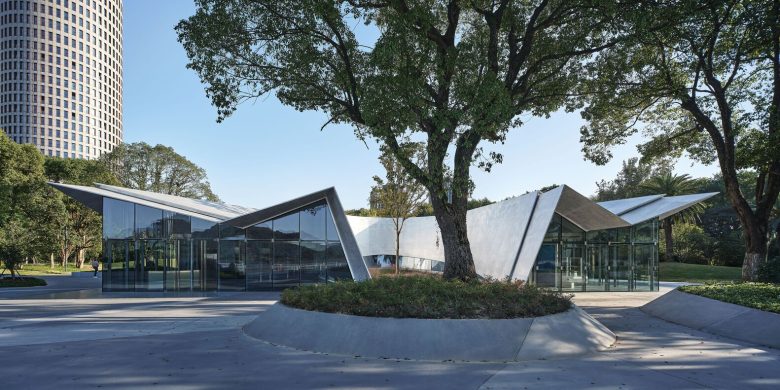
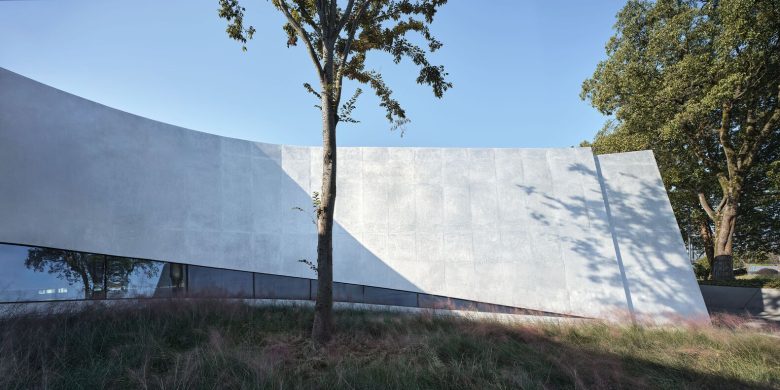
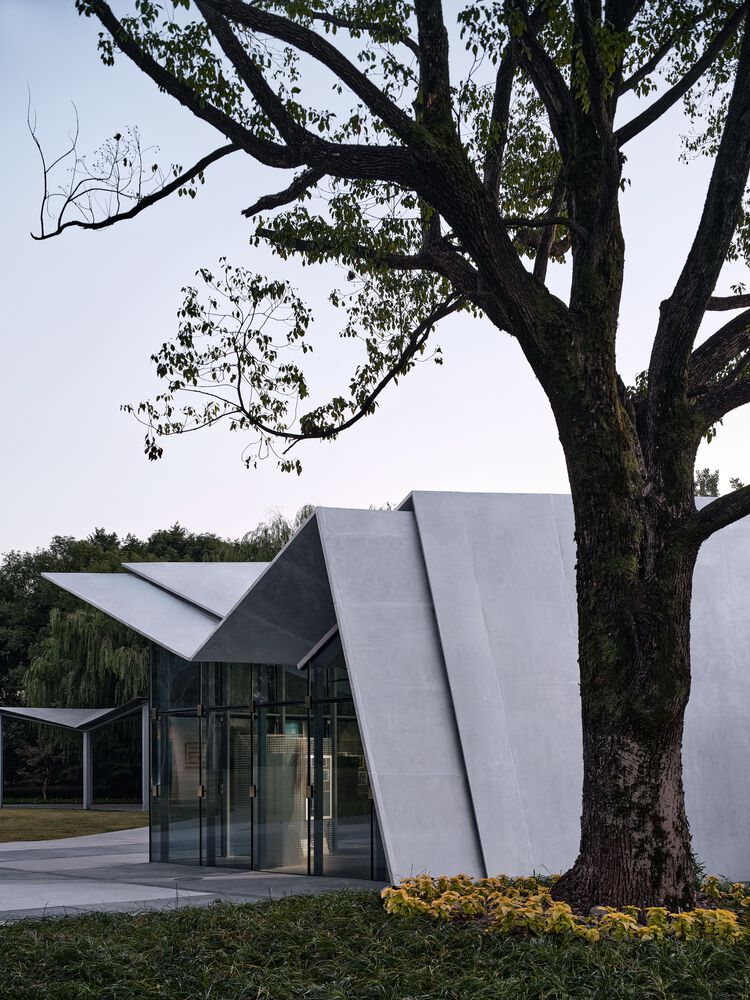
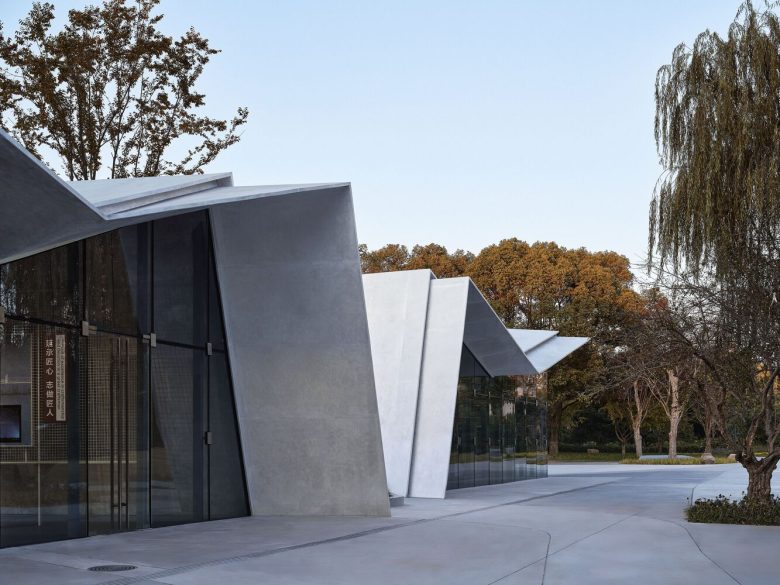
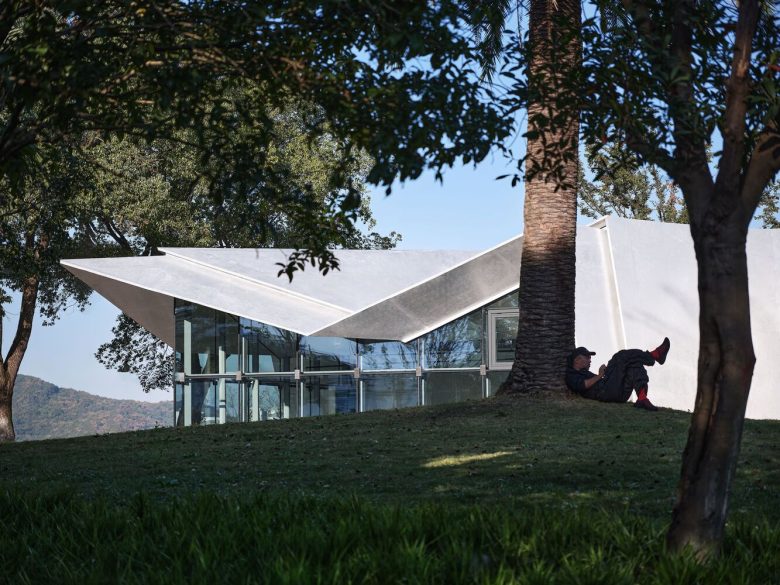
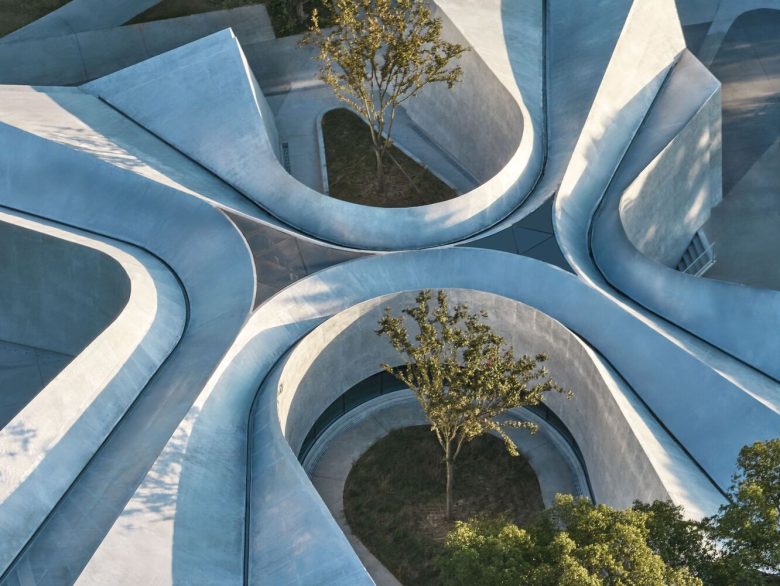
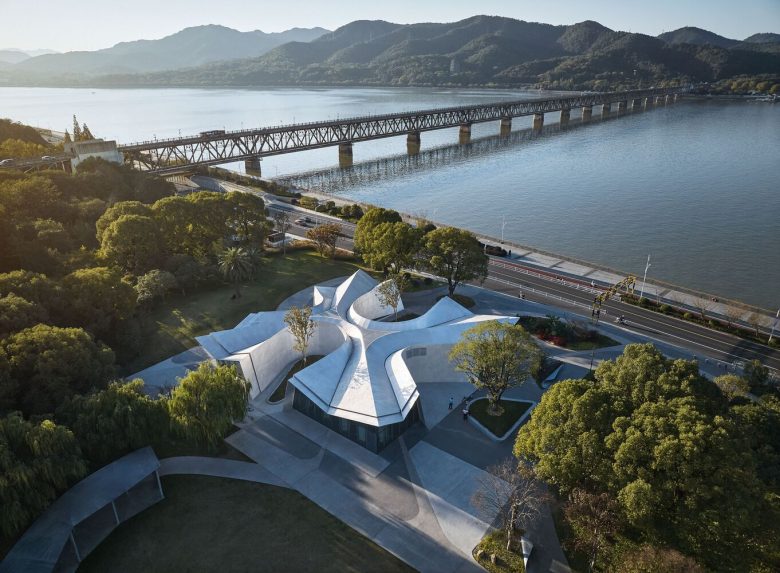
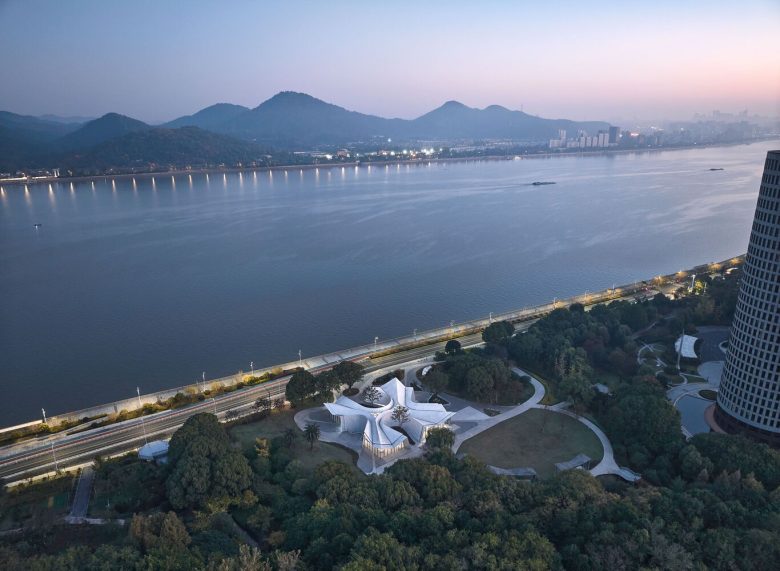
Add to collection
